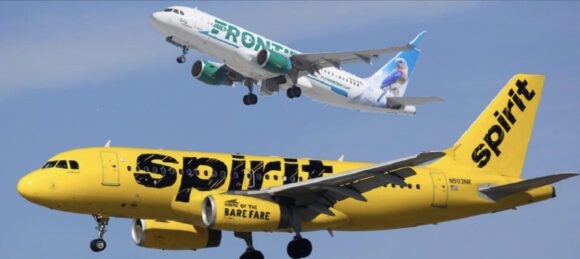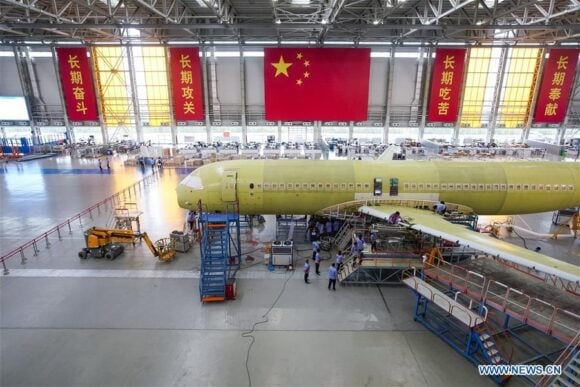
dgca logo
The recent preliminary Air India crash report was meant to shed light on the first-ever Boeing 787 crash. Instead, it has become controversial for multiple reasons.
Broadly, the report says that shortly after takeoff, both the fuel cutoff switches were moved from “run” to “cutoff” one second apart. These switches shut down the fuel supply to the engines. Pilots are trained to use them one after the other only in the case of engine shutdowns.
This has led to a massive row.
For one, the investigator did not release the full details of the cockpit voice recorder, only putting out a single line in the report, where one pilot asks the other why he cut off. The other replies that he did not. It’s not clear what happened before or during those mere 32 seconds that the flight was in the air. This has led many to feel that the investigator appeared to be nudging public opinion towards a crew fault, even before the whole investigation is completed.
Secondly, what gave more weight to this theory was another line that the report added on the aircraft and engine makers. It said there was no need for any action for Boeing or GE at the moment, even though the final report will take months. Put together, this indicated that the AAIB had given a clean chit to both the plane maker and the engine manufacturer.
Thirdly, the fact that this investigation has been mired in secrecy didn’t help matters. The AAIB (Aircraft Accident Investigation Bureau) did not appoint a court of inquiry this time—as has always done to investigate such a massive loss of life. It did not release the names of those appointed to investigate the matter. The report also had incorrect use of technical jargon, making things worse. And then, the AAIB director general was suddenly given top-level CRPF security, which is unheard of.
Fourthly, to top it all, while no information was given out for almost a month—except one press statement by AAIB—the outcome of the report was leaked three days in advance to the U.S. press. The American coverage focused heavily on the switches being moved, and again appeared to give the plane makers a clean chit.
“The preliminary report is a mathematical riddle,” wrote Amit Singh, an air safety expert and former head of flight operations and safety at IndiGo. “Every equation yields the same result: engines failed at liftoff (08:08:39), not after fuel switches moved to cutoff (08:08:42). RAT deployed at 08:08:42. RAT powers hydraulics by 08:08:47. Hydraulics power-up takes ~6 sec. RAT deploys ~3 sec after engine failure detection. The key question: what triggered the RAT, and when did the engines actually fail?”
In aviation, a Ram Air Turbine (RAT) is a small wind turbine that deploys as a backup power source in emergencies. It is designed to automatically—or manually—extend from the aircraft’s fuselage or wing when primary power systems fail, such as in the case of dual engine failure or a loss of hydraulic or electrical power.
Air India’s Boeing 787 CCTV footage released by the AAIB indeed shows the RAT deployed as the plane is taking off.
Views: 151



